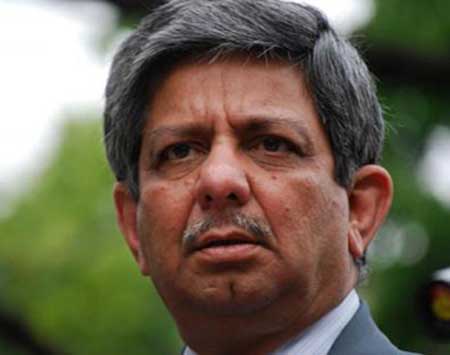India (BBN)-Last week, Parliament unanimously passed a constitutional amendment enabling the ratification of the Land Boundary Agreement with Bangladesh.
The agreement will, in effect, allow a swap of enclaves, or small pockets, between the two countries where the citizens of the other country have been stuck in since India’s independence.
The agreement is historic because it settles an issue hanging fire since 1947 and will generate a lot of goodwill on both sides of the border, Rajiv Dogra, former Indian consul general to Pakistan, tells Indulekha Aravind, reports Business Standard.
WOULD YOU CONSIDER THE PASSAGE OF THE LAND BOUNDARY AGREEMENT BY PARLIAMENT AS HISTORIC?
So far Indians living in enclaves that are technically in Bangladesh, and vice-versa, could not enjoy full freedom of movement within their own territory.
In that sense, to rejoin the motherland is historic.
That is from the people’s point of view. But equally important is the significance of this in terms of settlement of a land boundary on the eastern wing of India. This is a carryover from 1947.
It could not be settled with Pakistan, but after 1971 the two governments agreed that this needs to be settled, and by 1974, they had reached an agreement.
The Bangladesh government had ratified that agreement quickly thereafter.
We, in fact, took a lot of time, but as they say, all is well that ends well. Most importantly, it will generate a lot of goodwill on both sides of the border.
HOW DID THESE ENCLAVES COME INTO EXISTENCE?
There are about 111 Indian enclaves in Bangladesh and about 51 or so Bangladeshi enclaves in India.
These are land parcels that happen to fall in the territory of the other country.
And to complicate things further, sometimes within these enclaves, there were sub-enclaves that belonged to the other country.
In pre-Independence times, when princes were the sovereigns of these areas, they would get them as dowry or in some exchange, but it all belonged to one big landmass.
Territories got swapped in these exchanges, and after Independence, those on the border became part of two new countries.
There was some criticism about the amount of land we would be ceding as part of the agreement.
Well, when there are enclaves, they cannot be arithmetically equal. There has to be a larger portion and a smaller portion.
So when there is a settlement, the principle is whether an enclave belongs to country A or country B.
If, in that process, one set of enclaves is bigger in area than the other, you have to accept that in principle. The issue here is the legality of it.
If 10,000 acres has to go to the other side because of that, you cannot question that.
More important than a mathematical calculation is the fact that it was a sore point between Bangladesh and India, particularly from the Bangladeshi side.
If the agreement settles that and if, in the process, both countries get to favour each other as two friendly countries should, the advantages far outweigh the disadvantages, if any.
WOULD THERE BE ANY SECURITY CONCERNS ARISING FROM THIS?
On the contrary, when irritants like this reduce and, hopefully, get removed altogether, security concerns also lessen. These enclaves leading to tensions can now be a thing of the past.
IN WHAT CONDITIONS DID PEOPLE IN THESE ENCLAVES LIVE?
If you do not have contact with the mainland, your sources of employment would obviously be limited to only what the land extends.
And so, the conditions were not satisfactory at all. Opportunities for education and healthcare were also extremely restricted.
Even the passage of free movement was limited.
WHAT HELD UP THE AGREEMENT FOR SO LONG?
Bangladesh had ratified it in 1974; the delays were really from India’s side.
The basic reason was the states and centre not being in complete harmony.
In recent times, the resistance was from the government of West Bengal which felt it had not been consulted in full measure.
Each issue led to a delay. It was a failure of communication.
HOW SIGNIFICANT WILL THIS BE IN BETTERING TIES WITH BANGLADESH?
This is a solid step forward. It can give long term dividends if the publicity of it is handled with maturity and grace.
The important thing is to remember that relationships cannot be taken for granted; they need to be nurtured constantly and with sensitivity as the experience of Nepal has demonstrated recently.
I see a lot of promise in Indo-Bangla relations and this agreement is a good foundation to take economic relations to a much higher level.







